SAP MDM FAQ’s
Q: What is SAP Master Data Management?
A: SAP Master Data Management (SAP MDM) enables information integrity across the business network, in a heterogeneous IT landscape. SAP MDM helps to define the business network environment based on generic and industry specific business elements and related attributes – called master data. Master data, for example, cover business partner information, product masters,
product structures, or technical asset information. SAP MDM enables the sharing o f harmonized master data, formerly trapped in multiple systems, and ensures cross system data consistency –
regardless of physical system location and vendor. It helps to align master data by providing services that recognize identical master data objects and keep them consistent. In addition, it
enables the federation of business processes, by providing consistent distribution mechanisms of master data objects into other systems, within the company and across company boundaries.
Q: What are SAP MDM’s major benefits?
A: SAP MDM:
Helps companies leverage already committed IT investments since it complements and integrates into their existing IT landscape. Reduces overall data maintenance costs by preventing multiple processing in different systems. Accelerates process execution by providing sophisticated data distribution mechanisms to connected applications. Ensures information consistency and accuracy, and therefore reduces error-processing costs that arise from inconsistent master data. Improves corporate decision-making processes in strategic sales and purchasing by providing up-to-date information to all people.
Q: Can’t you achieve all this by using today’s EAI and/or ETL applications?
A: EAI tools provide the connection between different systems on the technical layer to ensure message handling, semantic mapping, routing and queuing of data. ETL tools provide similar functionality but are typically deployed less as a message handling layer and more as a batch-oriented, massive volume integration mechanism. As a building block of the SAP NetWeaver platform, SAP MDM leverages the process integration capabilities of SAP’s Exchange Infrastructure (SAP XI), but, in addition, also provides services for content consolidation, data harmonization, central maintenance and controlled data distribution according to the business process semantics.
Q: How will companies actually use SAP MDM?
A: We distinguish 3 main scenarios.
Content Consolidation: This is the scenario of choice when it is necessary to consolidate data and objects from different systems.
Features:
Cleanse, normalize data
Aggregate, search, and cross reference data from connected systems
Find duplicates
Example: Business-wide analyses (e.g., global spend analysis), creation of central catalogs (e.g., of supplier products)
Master Data Harmonization: It is often necessary also to enable the maintenance and consistent distribution of global attributes and to process and distribute information centrally. This ensures
that all systems are supplied with the same global attributes after distribution, and that business processes can be processed securely. The distributed objects can be provided with additional
attribute values in the target systems.
Features:
All of the Content Consolidation scenario
PLUS
Central management and distribution of global attributes Post-distribution editing in client systems Controlled distribution of local changes Example: Business partner administration; central provision of sales articles; definition and administration of non-variable parts.
Central Data Maintenance: Maintaining a subset of objects or attributes is sometimes not sufficient. Objects that logically belong together must be changed and distributed together.
Features:
All of the Content Consolidation scenario PLUS
All of the Master Data Harmonization scenario PLUS
Central control and management of master data information
One-stop data maintenance
Example: Definition of synergy parts; central product data pool supplying product data to
multiple locations for production, assembly, sales and distribution
Q: Is SAP MDM an xAPP?
A: No. SAP MDM is a building block of the SAP NetWeaver platform. SAP MDM can be licensed and used stand-alone in heterogeneous environments as well as in conjunction with other
mySAP.com solutions or xApps in future.
Q: Is SAP MDM an extension of mySAP PLM?
A: No. SAP MDM can be used in conjunction with mySAP solutions including mySAP PLM or non-SAP solutions.
Q: Why is SAP MDM part of SAP NetWeaver?
A: SAP NetWeaver is an integration and application platform that helps unify and align people, information and business processes across technologies and organizations. SAP Master Data
Management (MDM) is a building block of SAP NetWeaver to enable information integrity across the business network and to facilitate a better communication of information across a
heterogeneous IT landscape.
Q: What prompted SAP to begin development of SAP MDM?
A: Integration is the key to success in business. And since heterogeneous system landscapes are commonplace today, only companies with continuous processes and optimal access to
consistent information can secure themselves a decisive competitive advantage. The basic principle behind this is the availability of reliable and consistent master data.
Q: Is SAP late to this market?
A: No. There are a few applications announced in the market today, which are addressing parts of the solution. However those solutions are typically limited to business partner information only and do not address the process integration needs to maintain and distribute the harmonized master data. SAP is the only provider that offers a broad and diverse connectivity and business content
developed by SAP and its partner network, based on SAP’s intimate, longstanding knowledge of comprehensive business processes in more than 20 industries. This business content shortens the
development cycle for customers and drives down the cost of integration projects.
Q: SAP has been talking about integration and its ability to provide integrated business solutions for some time now. However, now you are saying that this will be the first truly integrated solution available on the market. Are you saying that your other solutions were not integrated?
A: We are talking about process and data integration in heterogeneous environments here. So far everybody has been speaking about the integration of platforms and applications. The
compatibility of data has been implied always. But as efforts and costs to replace legacy systems are increasing, and companies are paying more attention as to whether IT solutions offer them
additional value and fast return on investments, SAP Master Data Management offers customers new opportunities to gain further benefits from existing implementations and to further secure
their investments. In addition, SAP MDM views consistent information as the key building block for end-to-end business processes to positively affect process execution, costs-of-business, and
total cost-of-ownership for business-class IT systems.
Q: Who are the members of the Customer Advisory Council and how were they selected?
A: Driven by our Industry Business Sectors for Manufacturing and Service Industries, the Customer Advisory Council formation was a process of identifying customers that are leaders in the area, with significant expertise in master data management. Right now customers such as Dow Chemicals, Motorola Semiconductor Products Sector, Nokia, and German Postbank have agreed to participate. More candidates from the consumer products and retail industry are expected.
Q: What is the contribution of these companies to the project and how does SAP collaborate with them to meet future market requirements?
A: SAP is collaborating with those companies in order to verify the implementation concepts and to jointly identify the development priorities. All participating companies have significant
expertise in master data management topics already and are looking for standard solutions to become available on the market. There is not yet a decision from those companies to actually use this new solution, however SAP’s goal is to win those customers to implement and run SAP MDM.
Q: When will SAP MDM become available? How will it be priced?
A: Customer ramp-up is scheduled to begin in September 2003. It will be priced separately as an engine, based on the number of managed data objects in the connected systems.
Q: How will SAP MDM be implemented?
A: Implementation services will be provided by SAP’s Global Professional Services Organization as well as together with selected system integrators.
Q: Will this solution replace the existing master data distribution techniques between mySAP CRM and SAP R/3 (SAP BC, CRM middleware) or SAP R/3 and mySAP SCM (CIF interface)?
A: Those interfaces including ALE will continue to be used in parallel to process operational data. It is not planned to replace those interfaces with SAP MDM.
Q: Will it be possible to use SAP MDM only with SAP Exchange Infrastructure or can a company also use other EAI tools?
A: The use of the SAP Exchange Infrastructure is the foundation for SAP MDM. SAP solutions are powered by the SAP NetWeaver platform with high emphasis on interoperability to :NET and
J2EE/Java.
Q: For which 3rd party products will SAP provide the adaptors?
A: In the first phase the adaptors to 3rd party products will be provided on a project basis. SAP plans to make selected adaptors to 3rd party systems to a part of the standard solution in future.
Q: Will the solution provide the adaptors to all SAP solutions?
A: SAP MDM will provide adaptors for mySAP CRM, mySAP SRM and SAP R/3 in the first phase. MySAP SCM will be supported via SAP R/3 in the first phase. In the next phase, a direct
adaptor will also provided for mySAP SCM.
Q: What objects will be supported by SAP MDM? What services will be offered?
A: The initial release of SAP MDM will support the following master data objects: business partner, product master, product structures, document links, technical assets and change masters.
Services provided depend on the type of objects and will include maintenance of objects, search for objects, workflow, mass changes, change notifications, duplicate checking, and notifications
for object creation and discontinuation.



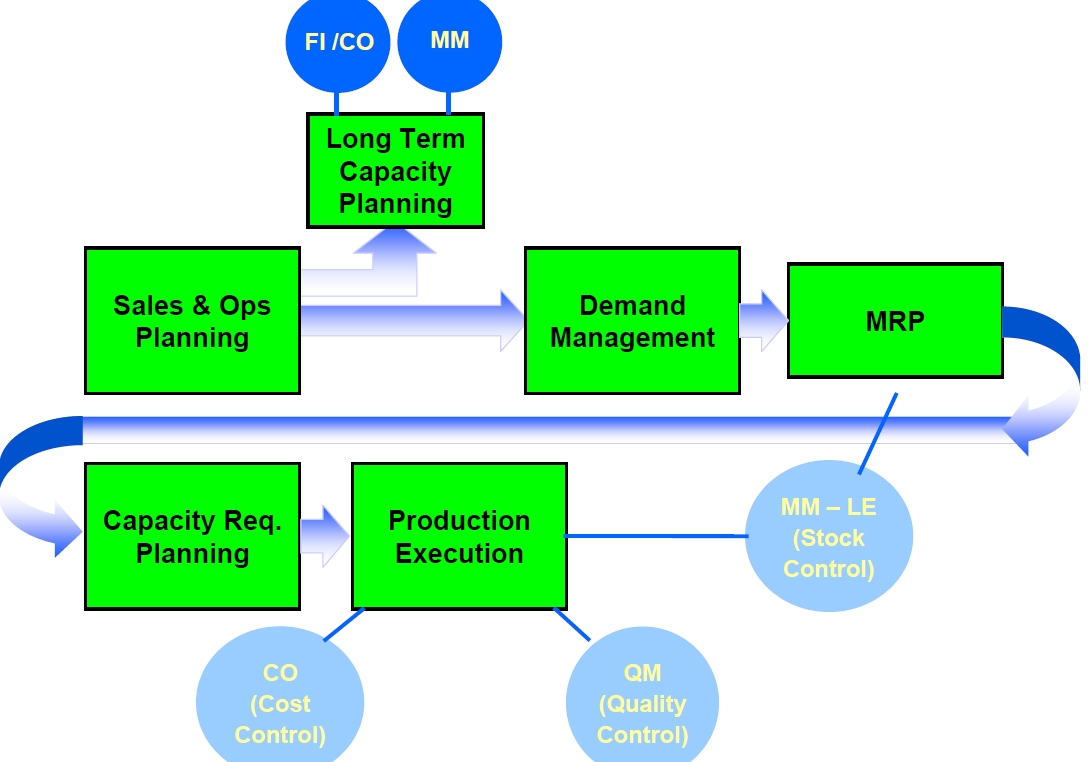
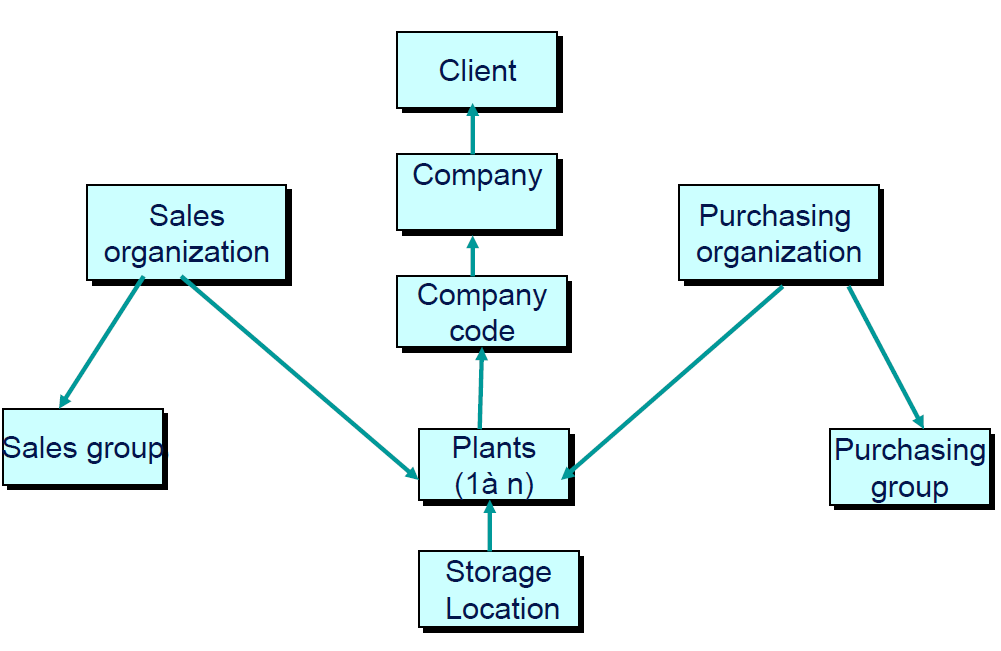
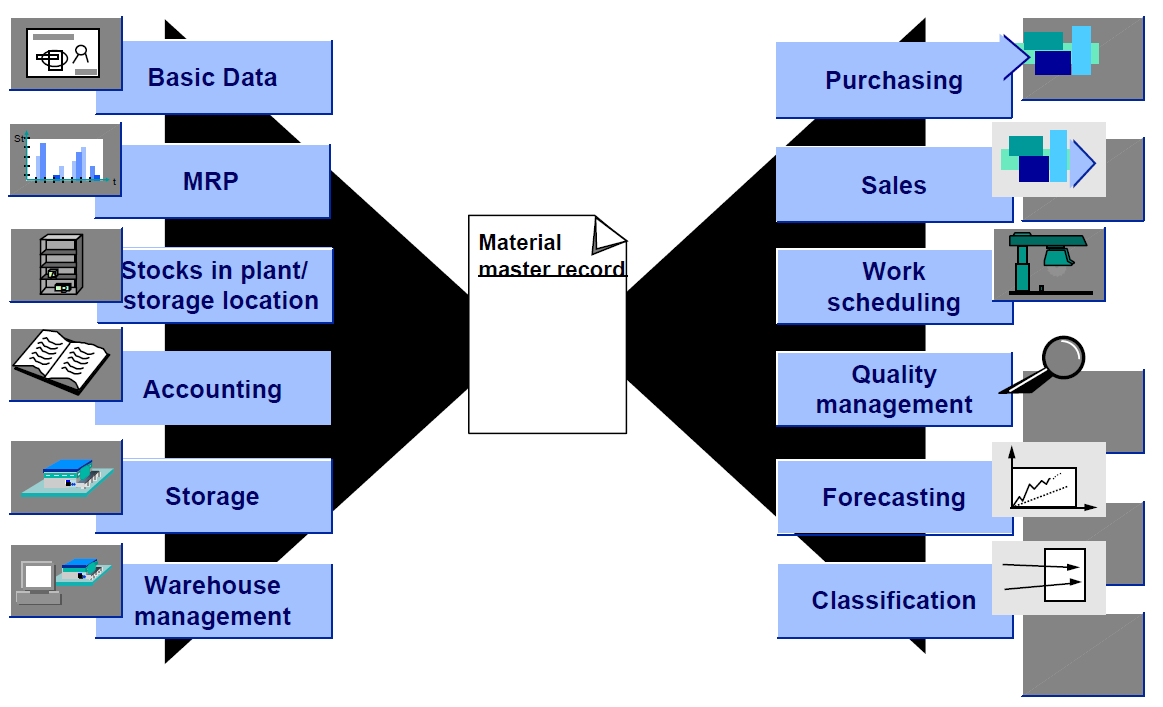
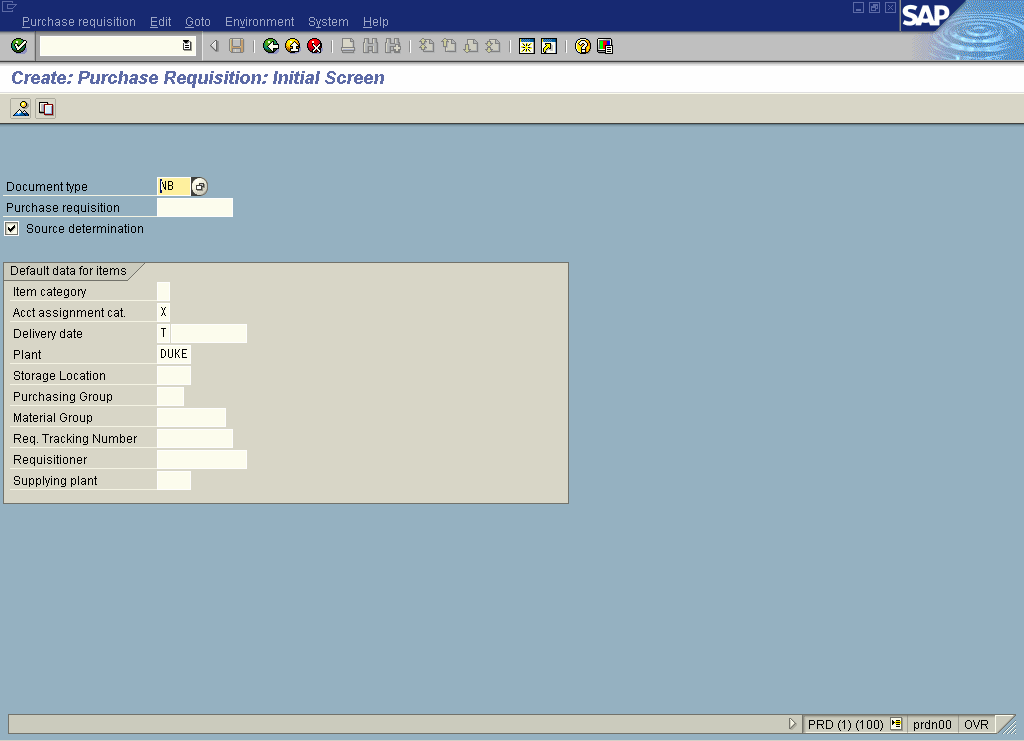
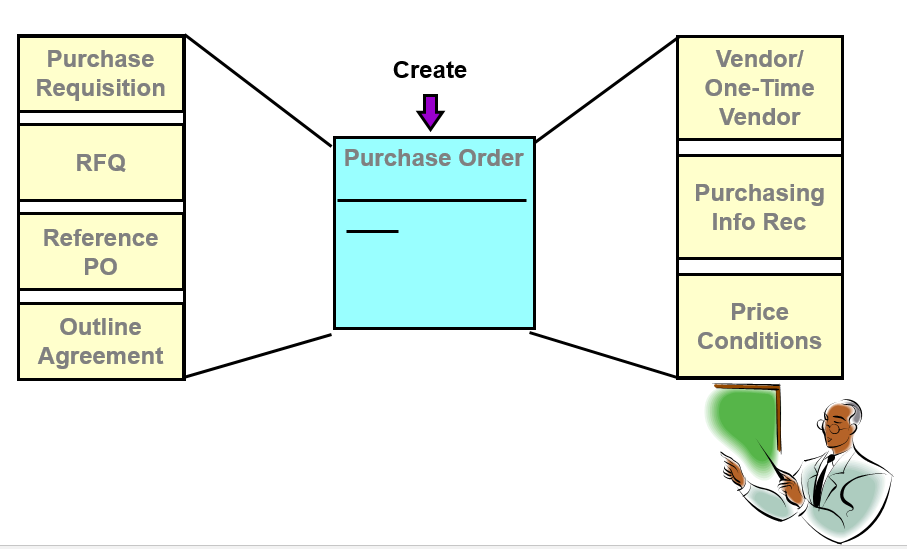
Leave a Reply